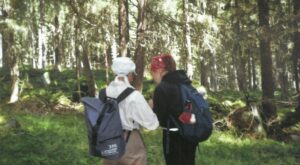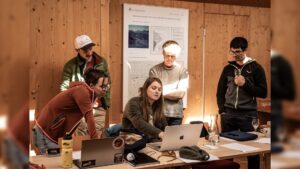Do we model what we measure?
Details
Full Title
Do we model what we measure?
Suggested by
Andreas Rauchöcker, Robert Peal
The respective workshop calls for contributions regarding ...
- Differences between real-world and model world
- Challenges in modeling / field measurements
- Representativeness, uncertainties and weaknesses of measurements and numerical model approaches over complex terrain
- How much complexity is possible – and needed?
Keywords
Field measurements, Numerical Modeling, Machine Learning, Comparison, Discussion
Type
Sessions
Description
In an ideal world, both numerical models and measurements would provide high quality data with high resolution on the spatial and temporal scale. However, this is often not feasible due to practical constraints such as limited resources and logistical challenges: model results suffer from increased uncertainties due to the numerous sub-grid processes that need to be represented by parameterizations in numerical models; and the representativeness of point measurements in field experiments is often questionable due to the large surface heterogeneity in the surrounding area. In addition, research sometimes suffers from a lack of communication between modelers and field scientists, which often leads to difficulties in validating model results against measurements and vice-versa. The discussion of such difficulties during this session can raise awareness about the unique challenges each group faces and the uncertainties associated with every dataset. By sharing insights, we aim to improve collaborations between modelers and field scientists and therefore strengthen the reliability and robustness of future research.
Format/Concept
This session serves as a platform to share needs and experiences of both modelers and field scientists and foster future collaboration between these groups. Our goal is that modelers understand strengths and weaknesses of different field measurement strategies, while field scientists should be introduced to the uncertainties in modeling results. By exchanging not only challenges, but also needs between the different groups, we can ease comparisons between measurements and simulation data in the future.

